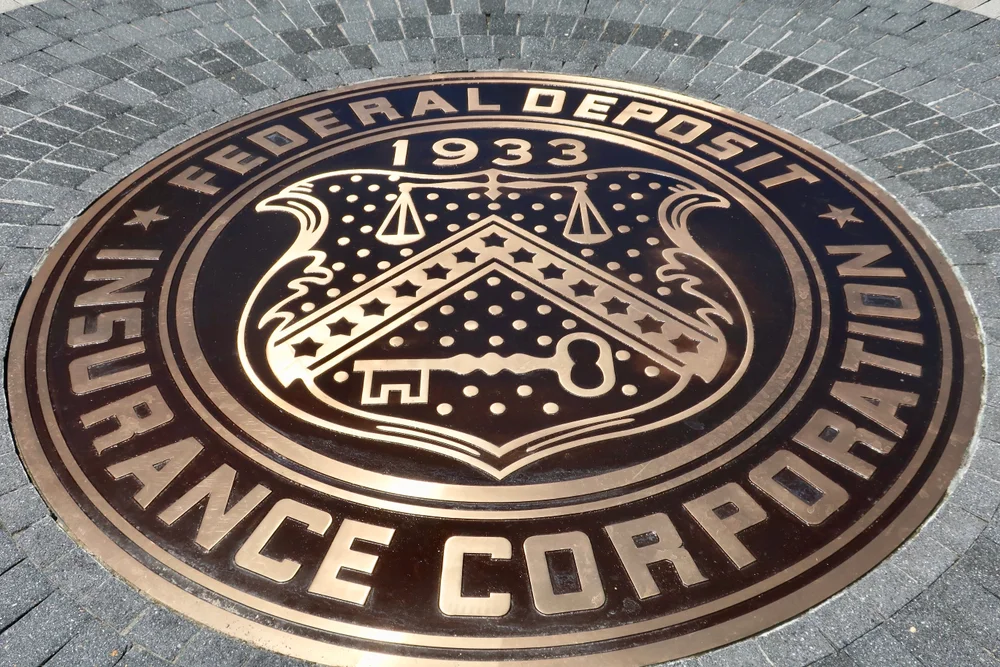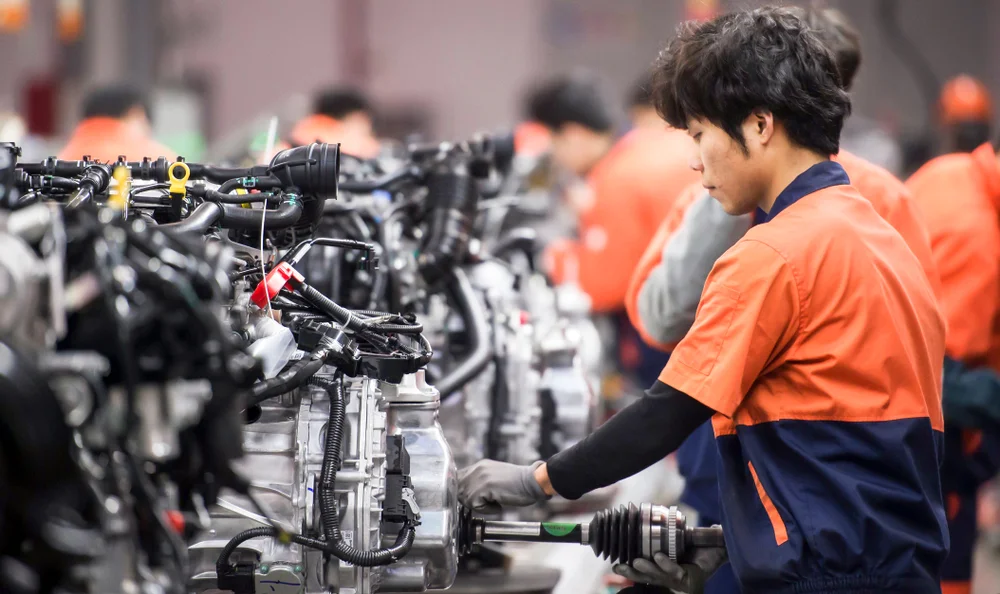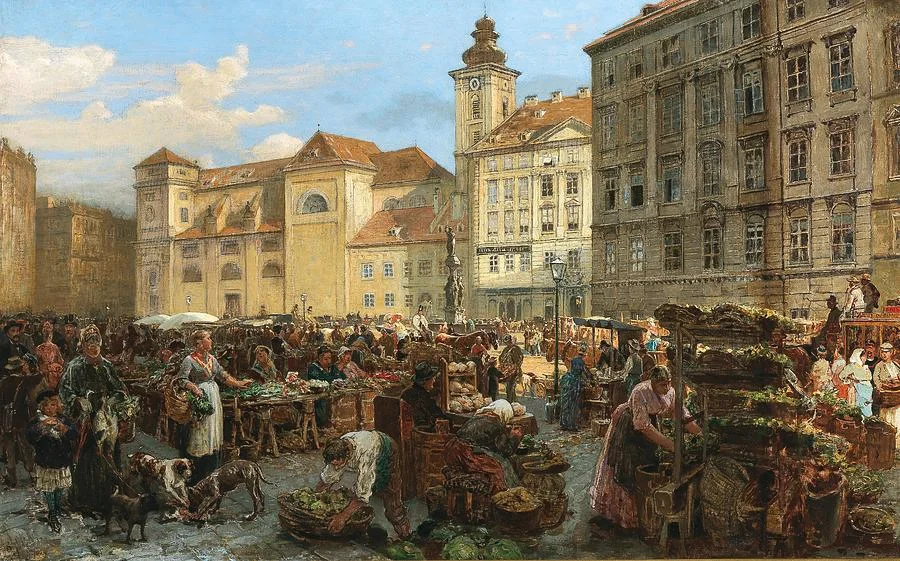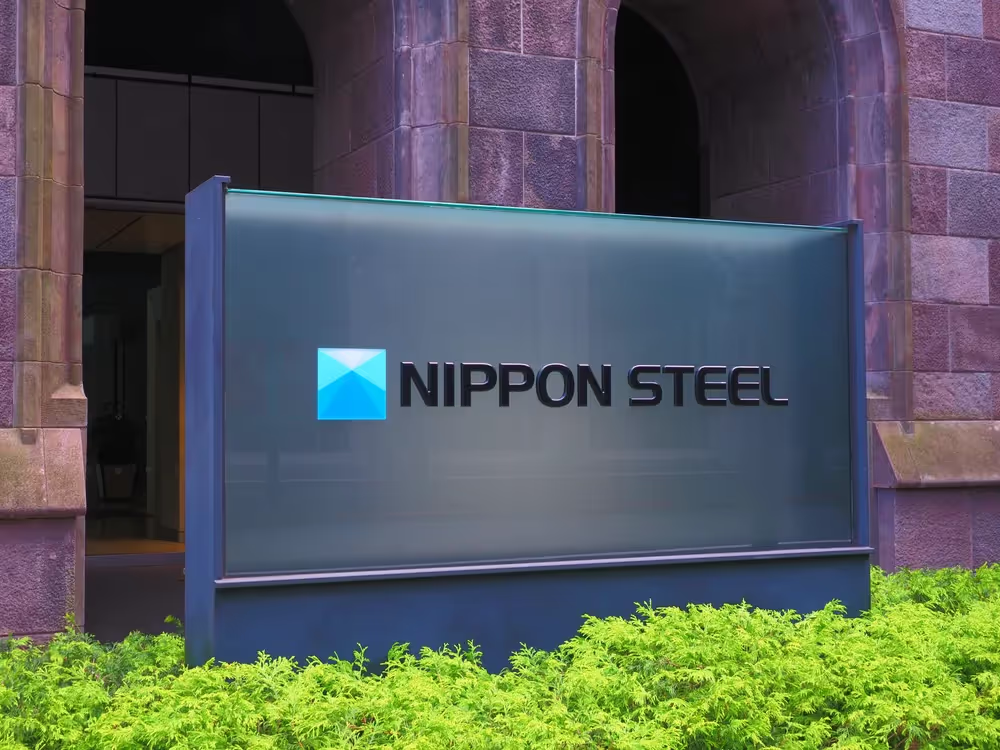
A New Course Is Needed for the Steel Industry
The relationship between politicians and the steel industry is almost as old as America.
The Biden administration's recent decision to block Nippon Steel's acquisition of U.S. Steel (which the Trump administration seems reluctant to reverse) is the latest chapter in the long, dysfunctional relationship between the American steel industry and the federal government. This move puts political theater ahead of sound economic policy like so many before. What is different this time is that the government seems to be at odds with steel industry executives.
For decades, the American steel industry and the federal government have been locked in an unhealthy marriage defined by cronyism and a cycle of protectionism. Beneath the surface of supposed “national security” concerns and promises of job preservation, we find an industry that has been fighting off foreign competition with protectionism for centuries, whether it came from European exporters of horseshoes in the 19th century, more technologically advanced foreign competitors in the 1970s, or the emergence of mini mills in the 80s. Far from preserving jobs, the special treatment and political favors have inflated costs, discouraged innovation, and perpetuated a system in which political clout, not market performance, determines winners and losers.
Steel's History of Special Treatment
The relationship between politicians and the steel industry is almost as old as America itself, explains economic historian Douglas Irwin in his 2017 book Clashing Over Commerce. Early in the nation’s history, federal support for the steel industry largely took the form of protective tariffs aimed at limiting foreign competition. Although the Morrill Tariff of 1861 wasn’t aimed exclusively at steel, it did offer protection to U.S. steelmakers, presumably still in their infancy. Such tariff-driven advantages set the stage for an enduring pattern of government intervention.
As steel demand soared for building railways, ships, and urban construction, these early protective measures helped the industry rapidly expand capacity and scale up production, making American steel giants the linchpins of the country’s industrial revolution. With that wealth came more ability to pressure politicians and demand protection.
After World War II, the steel industry itself striving as the war destroyed many of its competitors, and the steel demand skyrocketed thanks to large-scale infrastructure projects. Meanwhile, federally backed labor protections, such as collective bargaining rights and strong union contracts, further cushioned steelworkers by securing higher wages and benefits. This environment offered stability and prosperity for the industry and its workforce but muted the competitive pressures that spur innovation and help an industry to remain efficient.
By the 1970s, the combination of complacency, overproduction, and shifting global dynamics resulted in U.S. steel companies lagging foreign rivals. While Japanese and European producers built state-of-the-art plants incorporating the latest technological advances, many American mills continued using outdated processes that were inefficient and costly. Soon, the cheaper and higher-quality imports gained a foothold in the domestic market.
Over a few years, U.S. firms shuttered antiquated facilities at an unprecedented rate. Over 100,000 workers lost their jobs, leaving entire communities—particularly in America’s Rust Belt—in economic freefall. Strained city budgets, depopulation, and deteriorating infrastructure became grim hallmarks of these once-thriving steel hubs.
It made the imperative for protection more politically salient. From the Trade Act of 1974, which introduced mechanisms for imposing anti-dumping duties when imported steel was deemed unfairly priced below production costs or prices in its home market, to the 1982-1985 voluntary export restraint (VER) agreements, under which foreign producers agreed to limit exports to the United States, Uncle Sam spared no effort to protect its steel-industry friends.
Yet disruptions continued with the rise of the less labor-intensive mini mills. Then, the 1990s produced more excuses for politicians to rescue America's steel industry. To their credit, the first President Bush and the Clinton administration tried to scale back steel protectionism. However, what political resistance did exist ended when the steel industry came asking for help after the Asian Financial Crisis of 1997–1998 and the steel import crisis of 1998. That led to the Emergency Steel Loan Guarantee Act (1999), which authorized up to $1 billion in federal loan guarantees for steel (and iron ore) companies in dire financial straits. While not all that money was ultimately used, this was the closest the U.S. steel industry came to a direct federal bailout with explicit taxpayer backing.
Since then, president after president has consistently come to the aid of the steel industry, reinforcing a long-standing pattern of reliance and political favoritism. In 2002, President George W. Bush imposed safeguard tariffs of up to 30 percent on foreign steel under Section 201, the so-called “safeguard” measures, aiming to give American mills a reprieve from supposedly unfair competition. The 2009 American Recovery and Reinvestment Act included “Buy American” provisions that effectively mandated the use of U.S. steel in federally funded projects. During the Obama years, the Commerce Department ramped up anti-dumping investigations against Chinese steelmakers, further entrenching protective measures. Then, in 2018, President Donald Trump invoked national security via Section 232 to implement a blanket 25 percent tariff on steel imports—once more sheltering domestic mills from global competition. Although the Biden administration initially signaled a willingness to possibly reverse Trump’s tariffs, many of those duties remain in place—particularly those aimed at China and other producers.
Despite repeated claims that such measures would spur modernization, the industry’s core challenges persist, as evidenced by the battle over the sale of U.S. Steel. That’s because while steel executives might enjoy the chronic government protectionism, these interventions perpetuate inefficiency and cronyism rather than foster genuine competitiveness.
The True Cost of Steel Protectionism
When President Trump announced in 2018 that he would slap a 25 percent tariff on steel imports, he did so under the premise of bolstering domestic producers and jobs in the name of national security. Yet as critics have noted, the U.S. Department of Defense itself found no evidence that global steel imports posed a genuine security threat. Steel executives, taking advantage of the president’s broad trade powers, lobbied heavily for tariff protection. By granting their wishes, the administration effectively imposed a tax on companies—and ultimately on consumers—who rely on imported steel to make cars, washers, and countless other products. The United States has only about 140,000 workers in the steel industry, compared to around 6.5 million workers employed in steel-consuming sectors like construction, manufacturing, and equipment production. These downstream businesses have seen their costs skyrocket whenever tariffs drive up the price of steel. That spike in input costs hits their bottom lines, makes their goods less competitive, and can lead to layoffs or even factory relocations abroad.
A telling historical example is President George W. Bush’s 2002 tariffs, credited with saving some steel jobs at the time. According to one estimate, the protectionist measure resulted in 200,000 job losses in steel-using industries—more jobs than existed in steelmaking at the time. The 2018 Trump tariffs had the same effect. A study by researchers from Columbia University, the Federal Reserve Bank of New York, and Princeton University found that approximately half of the steel tariff was passed on to U.S. steel prices. Also, research conducted by economists at the Federal Reserve Board of Governors, the U.S. Census Bureau, and the University of Michigan links these higher input costs to reduced growth in export sales for U.S. firms. Steel consuming industries lost jobs, too, and so did industries affected by the retaliation from trading partners.
Despite these lessons, policymakers continue to favor a small group of producers over the vastly larger pool of companies and consumers that rely on steel. The result is higher consumer prices and, ironically, weakened competitiveness for American businesses overall.
The terrible burden imposed on steel-consuming industries isn’t restricted to tariffs. A 1989 study by the International Trade Commission (ITC) about the VER agreements that affected the import of steel between 1985 and 1988 finds that they caused both imported and domestic steel prices to rise, exports to fall, and imports used by steel-consuming industries to increase. The Commission also found that “Steel became less readily available in 1987 and 1988 as demand increased. Besides raising prices, many U.S. producers rationed available supplies by lengthening lead times for delivery and imposing limitations on tonnage.”
However, over the years, much of the protectionist damage from steel protection has stemmed from a flawed legal framework. The Commerce Department’s reports on tariffs collect data on the impact on downstream industries, but they are not required to factor that harm into a recommendation. Regarding the Trump-era metal tariffs, Commerce acknowledged that while steel and aluminum employment might rise modestly, the number of lost jobs in downstream sectors far outstripped any gains. Yet the rules permitted policymakers to overlook the larger fallout, focusing solely on the steel sector’s fortunes.
A similar blind spot exists at the International Trade Commission. Tasked with deciding whether to impose antidumping or countervailing duties when foreign producers are accused of “unfair” trade practices, the ITC is barred by statute from considering how such duties will affect steel-consuming businesses or consumers. This legislative bias favors steel producers over everyone else, paving the way for more trade barriers and higher prices, regardless of broader economic harm.
Of course, the most unaware victims of the unhealthy marriage between steel and the government are the steelworkers themselves. In theory, protectionism can temporarily boost domestic steel production or stabilize certain facilities. However, these gains have rarely translated into enduring prosperity for steel labor. Economists at the Federal Reserve Board of Governors, the International Monetary Fund, the OECD, and the World Bank have found that the Trump tariffs of 2018 and the resulting uncertainty have hindered investment growth and dampened global economic expectations, leading to a decline in investment and industrial production. That, in turn, has reduced global steel demand and lowered steel prices. Decade after decade, the industry’s reliance on government protection has encouraged complacency and undermined innovation, triggering new rounds of tariffs or quotas when foreign competition intensifies.
The latest example is the Biden administration forbidding the proposed sale of U.S. Steel to Nippon Steel on national-security grounds—an action trumpeted as also safeguarding American steel jobs. Ironically, this prohibition will likely deny steel workers the long-term benefits of external capital and technological improvements, once again postponing genuine modernization and leaving the industry less prepared to compete in the global marketplace.
For centuries, the U.S. steel industry has used its relationship with the government to obtain protection, invoking national security or protection from unfair foreign competition as justifications. Yet that protection has come at a steep cost. Consumers have shouldered the economic costs of protectionism and borne the economic damage from retaliatory tariffs. Meanwhile, the cozy and morally problematic relationship between steel executives and policymakers perpetuates a system in which political pull routinely trumps market discipline.
It’s time for the steel industry and the government to get a divorce.
Veronique de Rugy is the George Gibbs Chair in Political Economy and Senior Research Fellow at the Mercatus Center at George Mason University. She is also a nationally syndicated columnist and contributing editor to Civitas Outlook.
Economic Dynamism

The Causal Effect of News on Inflation Expectations
This paper studies the response of household inflation expectations to television news coverage of inflation.
.avif)
The Rise of Inflation Targeting
This paper discusses the interactions between politics and economic ideas leading to the adoption of inflation targeting in the United States.

Texas Stands on Commerce
Clear limits on shareholder resolutions have made Texas a model of business certainty — and business is flooding in.
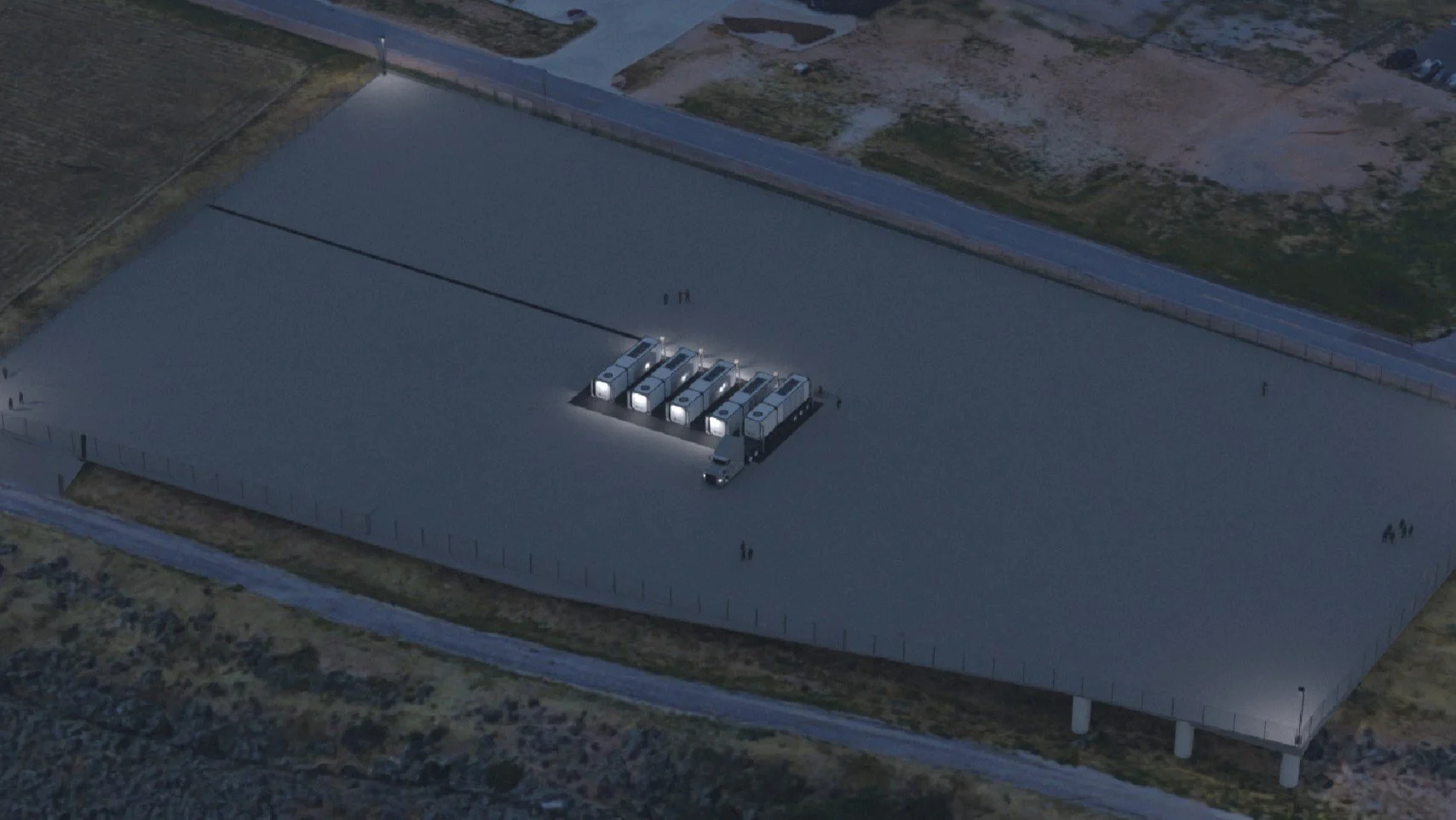
America Needs Its Hidden Champions
From imaging systems to next-gen GPS, small and midsized manufacturers are quietly rebuilding America’s industrial and defense backbone.






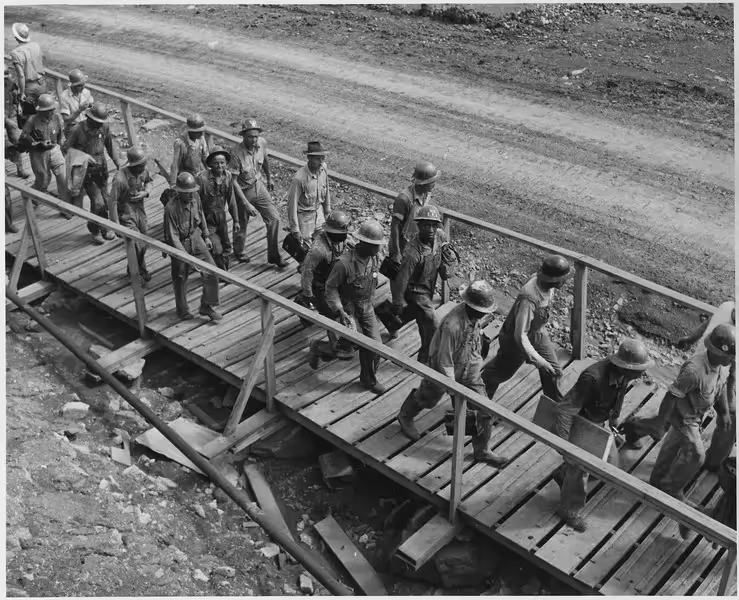

.jpg)


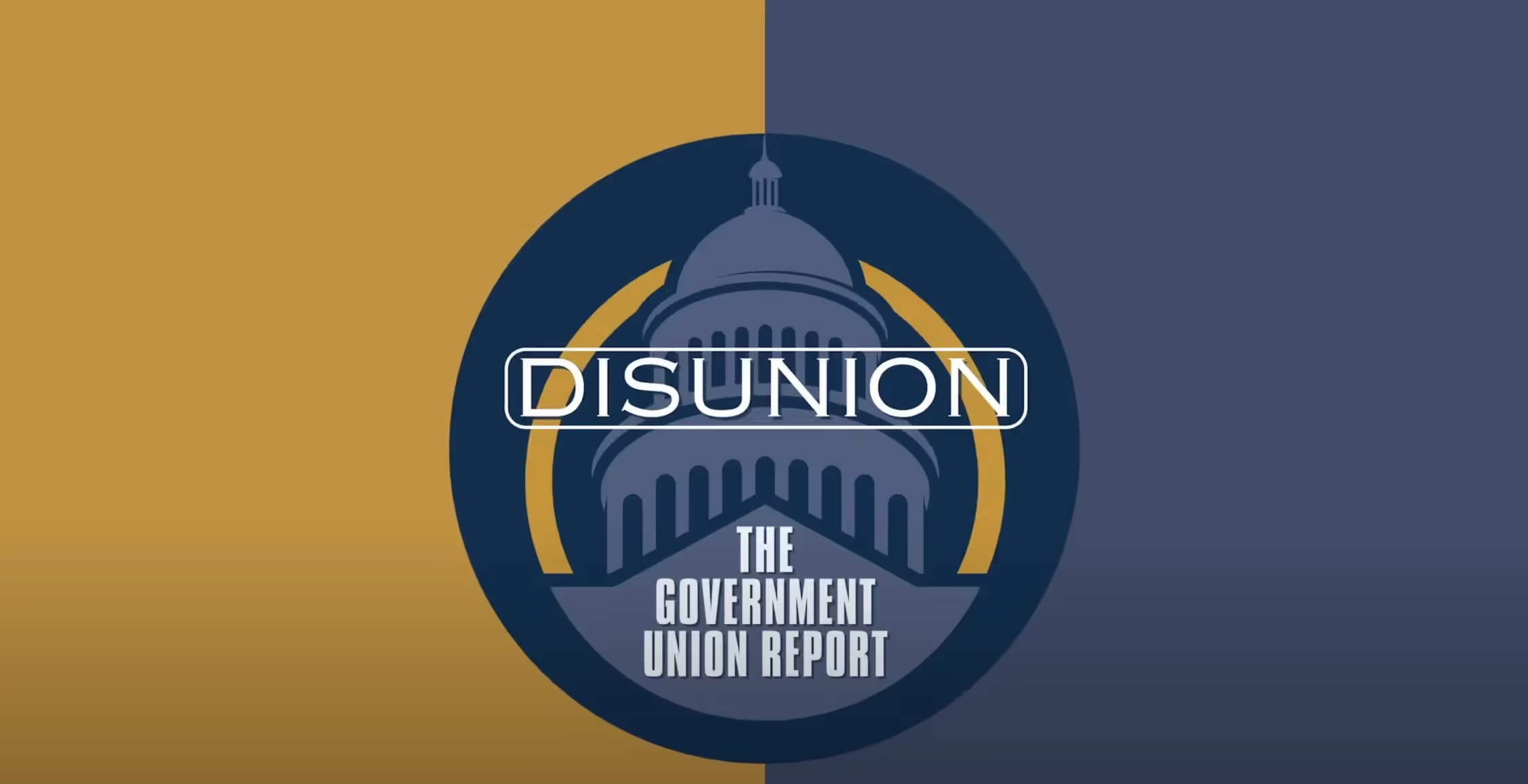
.avif)
